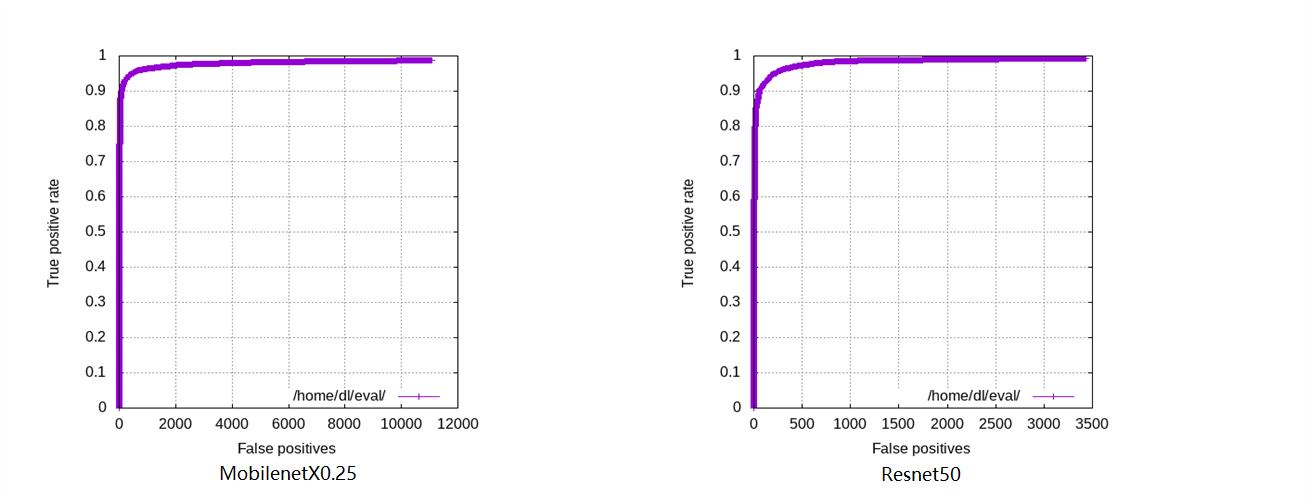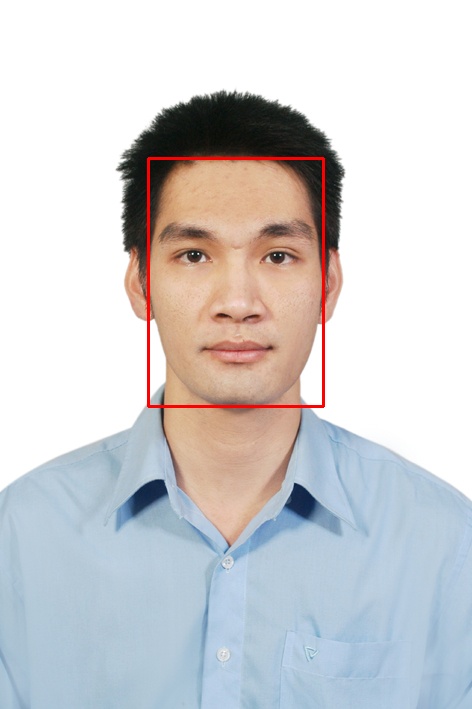A simple package of face detection
This package is built on top of the Retinaface
Retinaface is the State-of-the-art for Face Detection on WIDER Face. There are two versions of retinaface: MobileNet Backend and Resnet Backend. The model using MobileNet as backbone has only 1.7M, the other model with Resnet backbone has ~30m. Here is the performance on the FDDB dataset:
| FDDB(pytorch) | performance |
|---|---|
| Mobilenet0.25 | 98.64% |
| Resnet50 | 99.22% |
$ pip install Pytorch-detection==0.0.1
from retinaface import RetinafaceDetector
import cv2 as cv
### Mobinet backbone
detector = RetinafaceDetector(net='mnet').detect_faces
img = cv.imread('./imgs/DSC_8221.jpg')
bounding_boxes, landmarks = detector(img)
print(bounding_boxes)
### Resnet backbone
detector = RetinafaceDetector(net='rnet').detect_faces
img = cv.imread('./imgs/DSC_8221.jpg')
bounding_boxes, landmarks = detector(img)
print(bounding_boxes)Result
To create this project locally, create the following file structure:
retinaface
├── retinaface
│ ├── __init__.py
├── LICENSE
├── README.md
├── setup.py
├── setup.py
├── requirements.txt
setup.py is the build script for setuptools. It tells setuptools about your package
import setuptools
setuptools.setup(
name="Pytorch-detection", # Replace with your own username
version="0.0.1",
author="Hoang Phuong",
author_email="hphuongdhsp@gmail.com",
license='MIT',
description = "A simple example package for face detection",
long_description = long_description,
long_description_content_type="text/markdown",
url="https://github.com/hphuongdhsp/retinaface",
packages=setuptools.find_packages(),
classifiers=[
"Programming Language :: Python :: 3",
"License :: OSI Approved :: MIT License",
"Operating System :: OS Independent",
],
keywords='face detection, retinaface',
install_requires=open('requirements.txt').readlines(),
python_requires='>=3.6',
)Install setuptools and wheel
$ pip install --user --upgrade setuptools wheel
make distribution files:
python3 setup.py sdist bdist_wheel
That command genetate two files in the dist directory:
dist
├── Pytorch_detection-0.0.1-py3-none-any.whl
├── Pytorch-detection-0.0.1.tar.gz
$ pip install -e .
First, make sure that you have an accout on Test PyPI. To register an account, go to https://test.pypi.org/account/register/. Then create a PyPI API token
Install twine to to upload the distribution packages
$ sudo apt-get install -y twine
Run twine to upload all of the archives under dist:
$ python3 -m twine upload --repository testpypi dist/*
Output
Uploading distributions to https://test.pypi.org/legacy/
Enter your username: hphuongdhsp
Enter your password:
Uploading Pytorch_detection-0.0.1-py3-none-any.whl
100%|█████████████████████| 4.65k/4.65k [00:01<00:00, 2.88kB/s]
Uploading Pytorch-detection-0.0.1.tar.gz
100%|█████████████████████| 4.25k/4.25k [00:01<00:00, 3.05kB/s]
To upload your package to PyPI, we can do similar way:
-
Register an account on https://pypi.org
-
Use twine
python3 -m twine upload dist/*
to upload your package and enter your credentials for the account you registered on the real PyPI.
After uploading your work, you can install by
$ pip install Pytorch-detection==0.0.1

